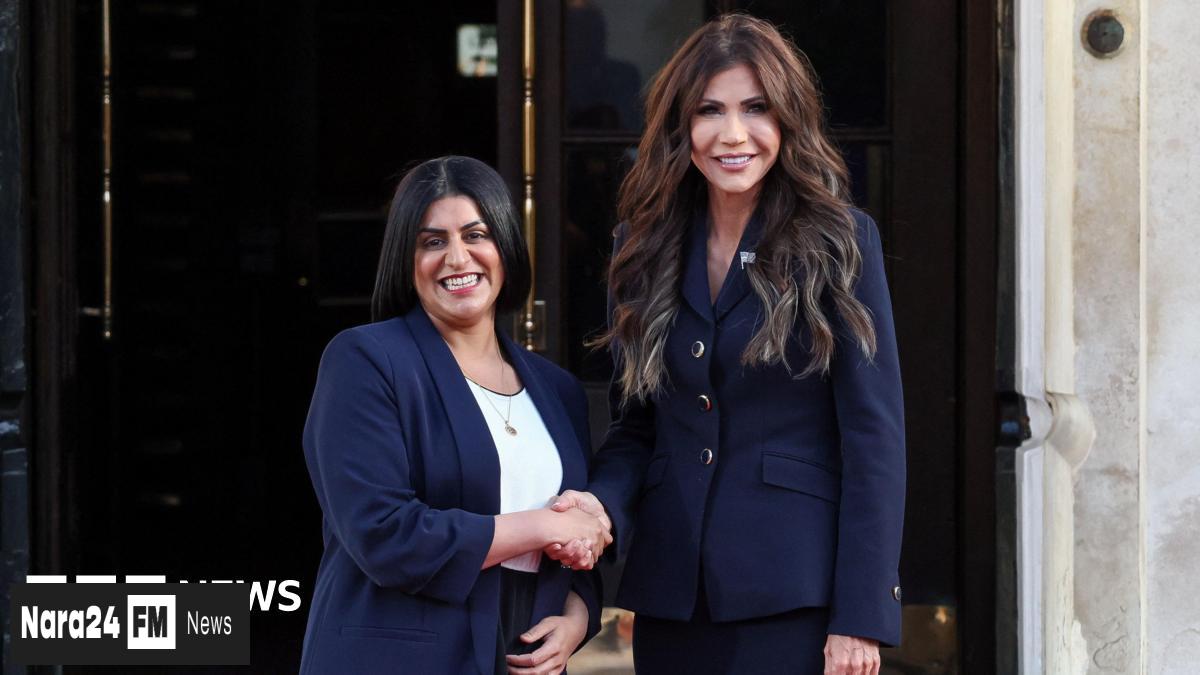In This Article
- Trump-Putin Summit Announcement Amid Ongoing Conflict
- Russia's Unyielding Demands for Ukraine Settlement
- Potential Motivations Behind Putin's Agreement to Talks
- Trump's Evolving Stance on Ukraine and Russia
- Ukraine's Concerns and Diplomatic Readiness
- Prospects for Breakthrough Remain Slim
Key Takeaways
- The war in Ukraine continues with no resolution despite ongoing diplomatic efforts.
- Russia insists on key demands for peace, including recognition of its sovereignty over occupied Ukrainian regions and Ukraine's neutrality.
- Trump's motivation for the summit is to end the conflict quickly, but previous talks he facilitated failed to bridge the gap between Russia and Ukraine.
- Ukraine is wary of participating in negotiations, fearing that territorial concessions could be demanded, potentially compromising its sovereignty.
- Even with a high-level meeting, the fundamental differences between Russia and Ukraine's positions make a swift resolution unlikely.
The protracted war in Ukraine, initiated by Russia's full-scale invasion in February 2022, continues unabated. In the eastern regions, Russia's relentless advance persists, accompanied by nightly aerial strikes across Ukraine. Meanwhile, Kyiv's drones regularly target Russian refineries and energy facilities. Amid this backdrop, the Kremlin has confirmed plans for a meeting between former U.S. President Donald Trump and Russian President Vladimir Putin.
Trump, who has taken an active interest in the conflict, stated, "I'm here to get [the war] over with." However, previous talks brokered by Trump between May and July failed to narrow the divide between Russia and Ukraine.
Moscow's demands for a "final settlement" include recognition of Russian sovereignty over several Ukrainian regions, Ukraine's demilitarization, neutrality, and exclusion of foreign military involvement. Political analyst Tatiana Stanovaya notes that while Russia may present itself as open to concessions, its core demand remains Ukraine's surrender.
The U.S. has been engaged in diplomatic efforts, with Secretary of State Marco Rubio indicating a better understanding of Russia's conditions for ending the war. However, Putin's recent statements suggest no change in Russia's maximalist demands.
Why is Putin agreeing to talks? One possibility is to avert secondary sanctions threatened by Trump against Moscow's trading partners. The Kremlin may also aim to persuade Trump of the merits of its conditions for ending the war.
Trump's stance on Ukraine has evolved. Initially aligning more with Russia, he has since expressed impatience with Putin but refrain from fully condemning Russia's actions. His meeting with Putin in Helsinki in 2018 sparked controversy when he appeared to side with the Kremlin.
Ukraine seeks involvement in any ceasefire talks, fearing Trump may accede to Putin's demands. Ukrainian MP Iryna Herashchenko warned that territorial concessions might be demanded, making Ukraine's absence from negotiations "very dangerous." President Zelensky, however, expressed Ukraine's readiness for bold diplomatic approaches.
Even if a trilateral meeting occurs, Moscow's demands remain so rigid that the outcome of a Zelensky-Putin face-to-face encounter is uncertain. The chasm between Russia and Ukraine persists, with no immediate signs of a breakthrough.








Comments (0)
Leave a Comment
Be the first to comment on this article!